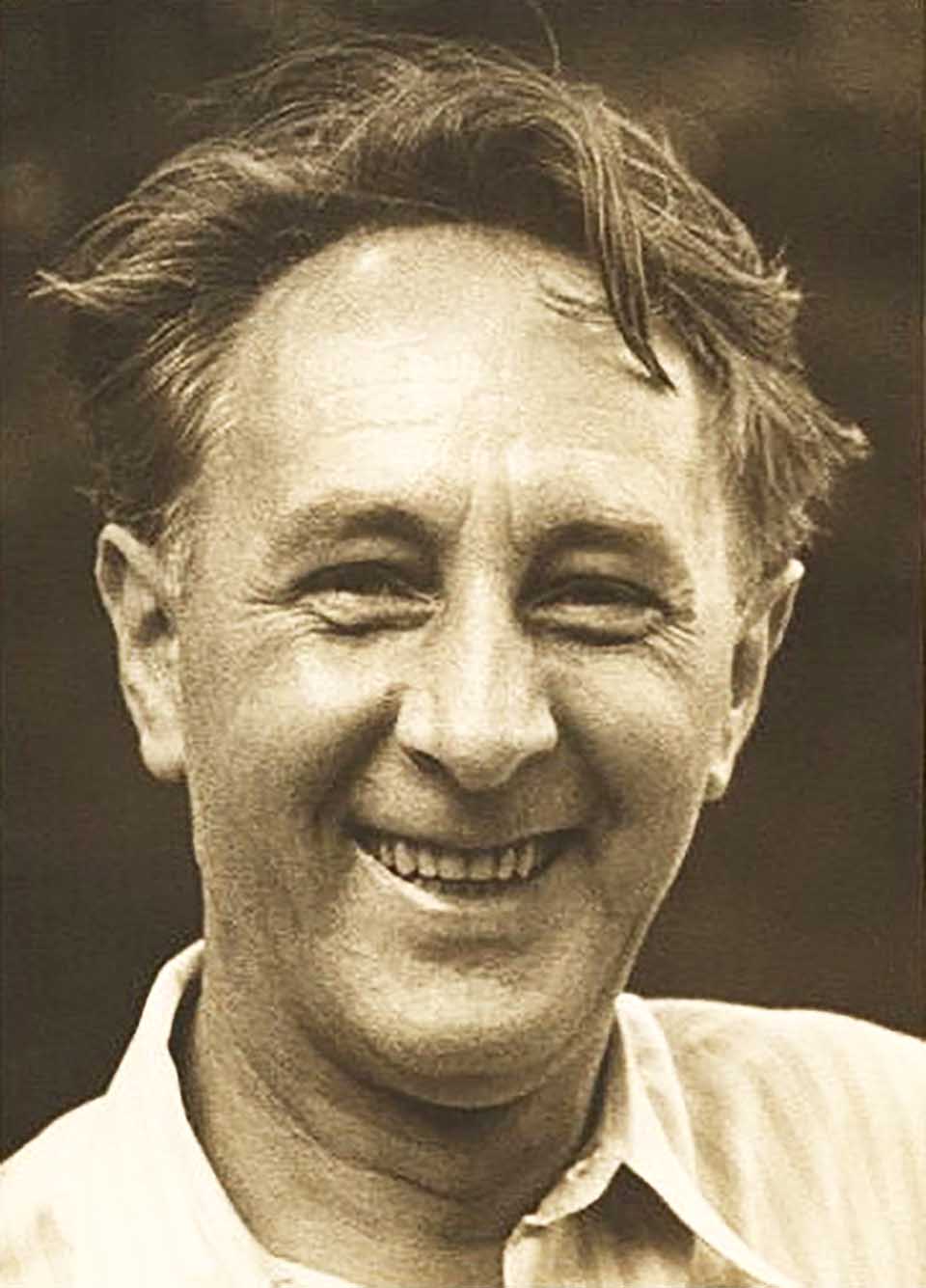
When I was a small and freckled child, the lounge in our house was dominated by a radio set, or “wireless” as my parents preferred to call it. The wireless was about the size a large modern microwave cooker and was encased in a handsome rosewood cabinet. It stood majestically on its matching wooden cupboard and after dark, the yellow tuning dial glowed magically. We didn’t have a television because the cold grey island on which we lived was many miles distant from any transmitter. If you ever got to see one, a television programme looked rather like a documentary about blizzards.
One day, my father decided to replace the wireless with a Bush radiogram (how modern the name sounded then!). To my delight, the trusty old wireless was given to me to keep in my room and it became my pride and joy. The wireless and the dog were probably two of my best friends. Yes, sad I know but that’s how it was. I loved to pour over the radio’s glowing tuning dial at the evocative names of distant cities: Kalingrad, Hilversum, Leningrad, Bruxelles, Talinn, Athlone…
European stations were often plagued by atmospheric interference, so most people in Britain were restricted to the three networks provided by the BBC. They were called, somewhat curiously The Home Service, The Light Programme and The Third Programme. They had been set up in the 1940s but by the time I acquired the wireless, my favourite had become The Third Programme. Apart from my father’s collection of ageing gramophone records, the radio was the only means of hearing classical music.
The Third Programme (which in 1967 was renamed Radio Three) was one of the leading cultural and intellectual forces in Britain, although perceived by some as being elitist because it was dedicated to the discerning listener from an educated, minority audience. Nevertheless, it was a principal patron of the arts, and commissioned new music from the leading composers of the day. As a young teenager, almost all my classical musical discoveries came from The Third Programme. At the time, radio seemed magical to me, yet I didn’t know that ten years later, I would find myself responsible for setting up Britain’s first-ever school broadcasting station.
Martinu was one of the most prolific Czech composers of the 20th century. There was something about his music which appealed; perhaps it was the rhythmic brilliance, the engaging melodies or the sense of humanity. For a time, Martinu was a violinist in the Czech Philharmonic Orchestra and briefly studied with the Czech composer Josef Suk. Along with countless other publications, he wrote three sonatas for cello and piano. The second one is a melodic and lyrical work, composed in New York in 1941. The first movement is angular, energetic and rhythmic and it contains several of Martinu’s musical trade-marks. In contrast, the mysterious second movement is full of passion, while in the finale we can hear the composer’s characteristic motor-like rhythms and the influence of Eastern-European folk-dance. It’s a virtuosic movement, as much of a technical challenge for the pianist as it is for the cellist.
I first heard this visionary work on the car radio one morning (yes, on The Third Programme) as I was driving across London and was compelled to stop the car and listen. The barely audible opening chords are pianissimo and to my mind, this is one of the great magical moments in classical music. Vaughan Williams imbued his music with a kind of timeless quality and none more so that this much-loved Fantasia. It takes its name from the English Renaissance composer Thomas Tallis, who was one of Europe’s leading sixteenth century composers of sacred choral music.
Printed books of psalms in English verse were popular in Elizabethan times and the Archbishop of Canterbury, Matthew Parker published his own in 1567. It included eight musical settings by Tallis, the third of which achieved fame as the theme of this Fantasia by Vaughan Williams. In this work, the composer divided the string orchestra into three groups. As well as the large main group, there’s a smaller one of nine players plus a string quartet. All this makes for an intensely rich and harmonically sonorous sound. Vaughan Williams conducted the first performance at Gloucester Cathedral in 1910 and he obtained dramatic spatial effects by placing the three groups of strings some distance from each other. He takes the relatively simple hymn-like Tallis melody and transforms it into something entirely new with a powerful depth of feeling, rich harmonies and a pervasive and unmistakable sense of Englishness.
 |
 |
 |





